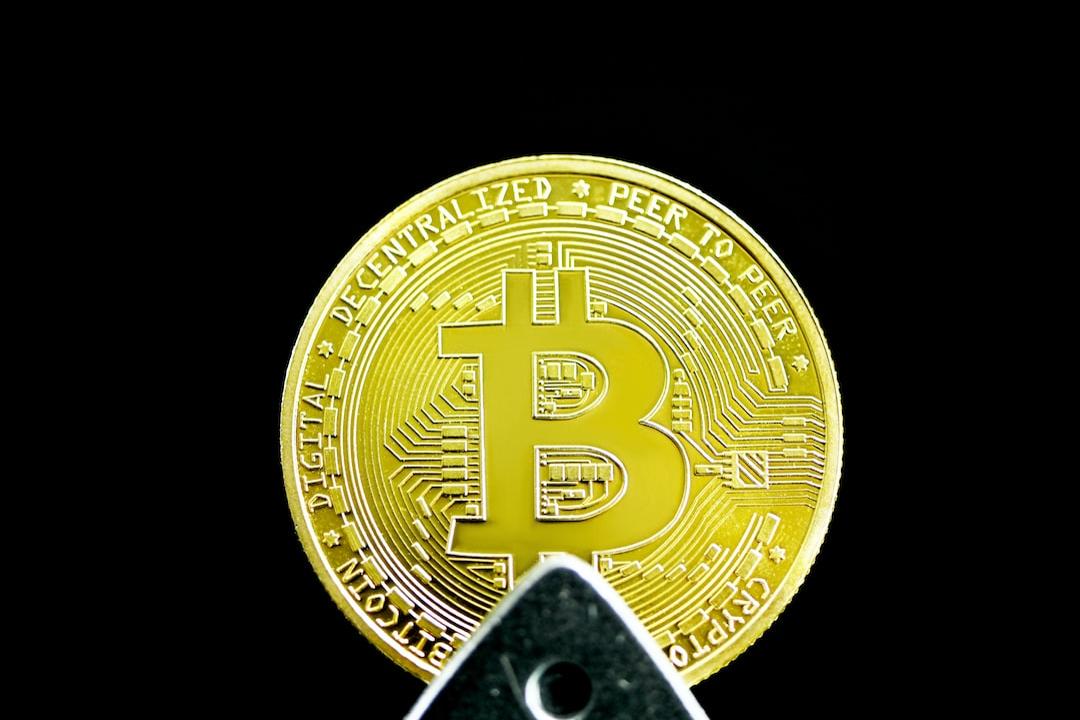The fourth Bitcoin halving has concluded, and it was unlike any other before it, as it witnessed the participation of institutional investors for the first time. Historically, Bitcoin halvings have been associated with a subsequent increase in BTC price, which usually occurs some time after the halving event. While it remains to be seen if the fourth halving will follow the same pattern, there are already notable differences in the Bitcoin halving of 2024.
One significant change is the increase in the crypto user base since the 2020 halving. Despite the decrease in the speed of new Bitcoin generation, the demand for Bitcoin has continued to grow. Various sources estimate that the global crypto user base has expanded by at least 400 million users since the previous halving. In 2020, there were approximately 100 million crypto owners worldwide, according to the Cambridge Centre for Alternative Finance (CCAF). By the end of 2023, the number of global crypto users had surged to around 580 million people, as estimated by crypto exchange Crypto.com.
Interestingly, Bitcoin, despite being the largest cryptocurrency by market capitalization and the oldest, reportedly has fewer users than the entire crypto ecosystem. Technopedia data suggests that around 2.7% of the global population owns Bitcoin in 2024, which translates to approximately 219 million people. This estimated figure is a significant increase of around 208% from the 71 million Bitcoin users four years ago, as calculated by Crypto.com. However, it should be noted that estimating the exact number of Bitcoin users is challenging due to factors such as long-term holders and lost BTC.
Another notable difference in the fourth Bitcoin halving is the unprecedented rally in price before the event. In previous cycles, Bitcoin’s price experienced breakouts after the halving, with new all-time highs occurring roughly one year later. For example, in the 2020 halving cycle, Bitcoin did not surpass the previous all-time high of $20,000 until 10 months after the halving. However, this time around, Bitcoin reached all-time highs right before the halving, setting a record of $73,600 on March 13, 2024.
The pre-halving price appreciation has had a positive impact on the mining industry, allowing miners to have better control over their costs. Miners appear to be in better shape compared to the previous halving, with lower levels of debt and improved control over expenses like electricity. Additionally, the energy consumption of Bitcoin mining has increased significantly since the third halving in May 2020. However, the proportion of Bitcoin mining powered by renewable energy sources has also grown, reaching 54.5% in January 2024, compared to 39% in September 2020.
Furthermore, the fourth Bitcoin halving is the first to witness the presence of spot Bitcoin exchange-traded funds (ETFs) in the United States. After years of effort, spot Bitcoin ETFs began trading in January 2024, providing institutional investors with exposure to Bitcoin. These ETFs have experienced significant success, with all ten combined increasing their holdings by at least 220,000 BTC, equivalent to around $14 billion at the time of writing. BlackRock’s spot Bitcoin ETF has attracted the most inflows among the ten ETFs, with its holdings surging over 10,000% from 2,621 BTC to 273,140 BTC.
In terms of network security and decentralization, Bitcoin has made considerable improvements. The network has become more distributed, with China’s dominance in Bitcoin mining decreasing from nearly 80% four years ago to 15% as of February 2024. The United States now holds 40% of the total mining hash rate, with Russia accounting for 12%. This geographic decentralization has continued as miners explore opportunities in Africa and Latin America, attracted by cheaper electricity prices. Additionally, the Bitcoin blockchain has become more resistant to attacks, requiring five times more computing power and electricity to jeopardize its security compared to the previous halving.
Overall, the fourth Bitcoin halving in 2024 has seen significant changes, such as increased institutional investment, a larger crypto user base, a pre-halving price rally, improved mining conditions, and the introduction of spot Bitcoin ETFs in the United States. These developments have contributed to the evolving landscape of Bitcoin and its growing prominence in the financial world.

